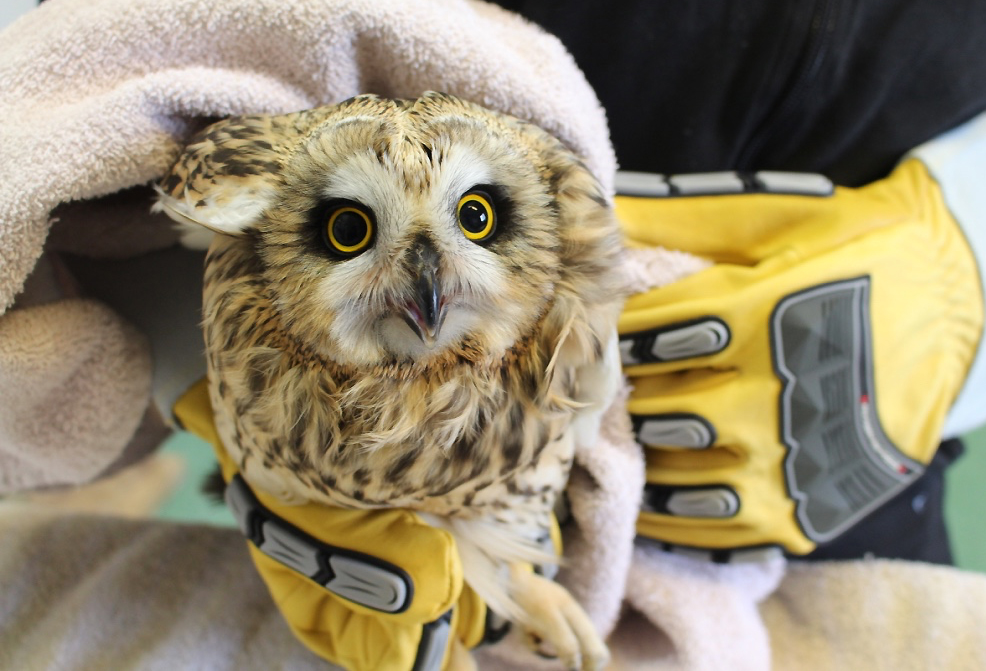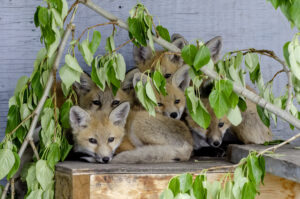As we work through our candy left over from last month, we all know that post-Halloween is a time that’s notorious for stomach-aches and sugar highs caused by excess candy. Even scarier than these nutritional nightmares, though, is the havoc that candy wrappers and other forms of litter can wreak on Alberta’s wildlife.
While litter may seem harmless, it can have myriad unfortunate effects on the animals (and plants) that we share this world with. Here are just a few ways that litter affects Alberta’s wildlife:
- Small bits of plastic-based litter can often look appealing to foraging birds, but can prove dangerous and even fatal to them if ingested. Instead of being digested and processed as food, these bits of plastic often remain in a bird’s digestive tract and block food from being processed later on, which inevitably leads to starvation. This means that a harmless-seeming Ring Pop base or other small and disposable piece of plastic can transform into a lethal weapon as far as local avian life is concerned.
- Discarded chewing gum can become problematic when an animal gets chewed gum stuck in its fur or feathers. Depending on the size of the animal, the effects of this sticky situation can range from annoying to crippling if the gum inhibits the animal’s range of motion. If you’re chewing on that Hubba Bubba gum you scored on Halloween and need to spit it out during a fall nature walk, make sure to do so properly – by wrapping it in paper and disposing of it into the proper receptacle – to save an animal a whole lot of grief.
- Too much of a good thing is bad, and that goes double for too much of a bad thing – especially when on the topic of litter. If an area is heavily littered, the long-term consequences can include a loss of habitat for animals on the ground that would normally have nested there, as well as polluted waterways if the litter reaches a local water source. With the depletion of available resources in a particular area, animals may have to migrate from heavily-polluted areas to an area that may be less-than-ideal or overcrowded, meaning they may not have access to enough resources to survive.
While litter is certainly an all-year problem, we implore you to keep an eye out for a potential increase in Halloween-related detritus and to clean up what you can to help our furry and feathered friends to stay safe. And if you see an animal in distress, please contact AIWC at 403-946-2361 for assistance.
By Giselle Wedemire, AIWC Volunteer
Sources:







2 thoughts on “Litter and Wildlife”
Why isn’t there an anti littering law in Alberta? There is a hefty fine for littering in BC and so it should be here. I have seen wanton disregard for wildlife and people throw anything out of their truck windows for someone else to clean up. Disgusting.
Eileen, it is: https://www.assembly.ab.ca/ISYS/LADDAR_files/docs/bills/bill/legislature_27/session_1/20080414_bill-213.pdf.
The laws don’t always stop people from littering because they’re so difficult to enforce. An enforcement officer pretty much has to witness the crime in the moment to be able to do something. It’s the same in BC and people litter there too. The best thing you can do is call in the people you see doing it.